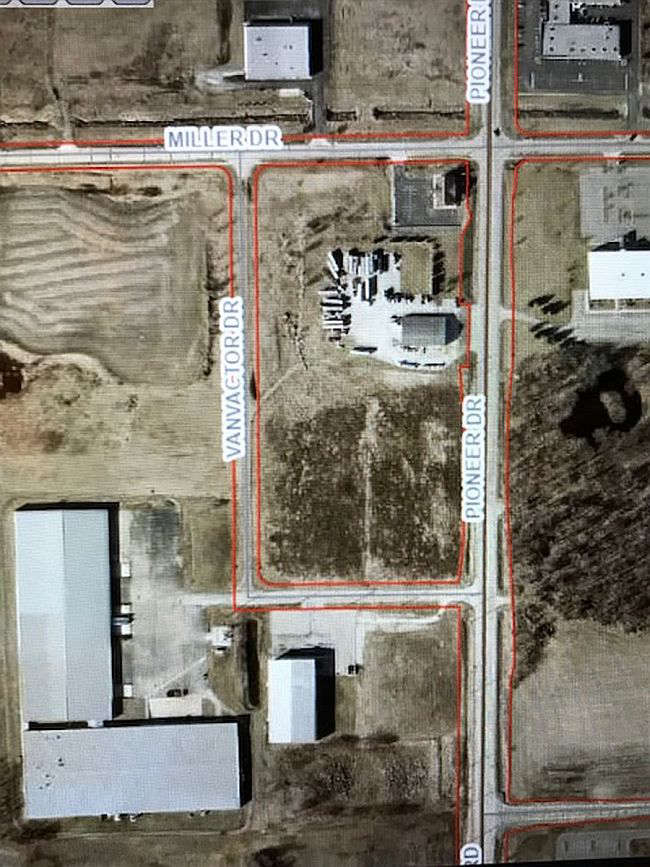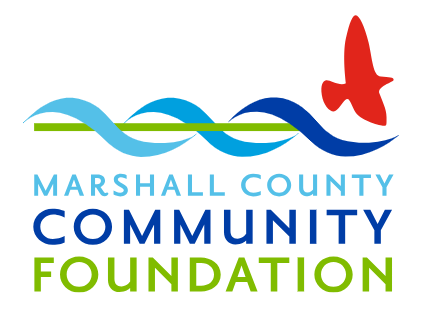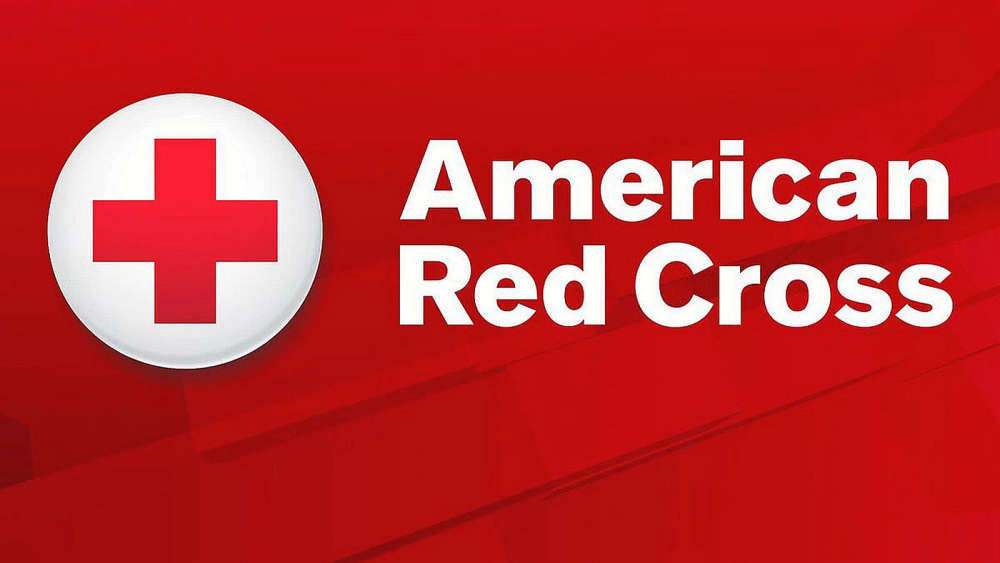
Indiana leaders are encouraging Hoosiers to provide feedback on the second draft of a proposal to redesign Indiana diplomas and maximize the four years of high school. The revised proposal, originally presented in August, streamlined and simplified the first draft to reflect public feedback.
“Today, in communities across our state, many schools are already blurring the lines between K-12, higher education and the workforce,” said Dr. Katie Jenner, Indiana Secretary of Education. “Whether it’s partnering with one of Indiana’s colleges or universities, an Indiana-based Fortune 500 company, or a local hometown business, these schools are removing barriers for their students and opening doors of future opportunity. Let’s continue to work together over the next two months to learn from these examples and to ensure that our final diploma rule maximizes opportunities for all of our Hoosier students.”
On Wednesday, the second draft of the diploma rule was published in the Indiana Register, which initiates the second statutorily-required public comment period. Parents, educators, community members and other stakeholders are invited to provide feedback via Jotform. Comments on the second draft will close on Friday, November 8, to ensure all feedback is reviewed prior to the publication of the final draft.
In addition to the online Jotform option above, for anyone who prefers to share feedback in-person, Indiana Department of Education (IDOE)/State Board of Education (SBOE) staff will also hold a public hearing on Friday, November 8, at 10 a.m. in the Indiana Government Center South Conference Room B. The purpose of this hearing is to provide any member of the public an opportunity to share solution-based ideas to inform the final diploma rule. All public comments, including those submitted via the Jotform above, those shared at the public hearing, as well as those previously shared with IDOE and SBOE will be recorded and provided to SBOE members as part of the rulemaking process. Anyone may participate in person or online here.
An initial draft of the new diploma rule was first presented to SBOE in March, kicking off the first public comment period designed to enhance the proposed plan. During this time, IDOE and SBOE received more than 8,000 online comments and heard hours of testimony from community members seeking to ensure high school is as valuable as possible for all Indiana students. Feedback emphasized the following key themes:
- Balancing the need for flexibility and student choice, while ensuring a well-rounded education for all students,
- Ensuring diploma requirements are rigorous and attainable and prepare every student for success regardless of their post-high school plans,
- Elevating the importance of experiential learning opportunities, such as work-based learning or a mentorship experience, while increasing access and ensuring safety for all students, and
- Providing sufficient resources needed for school corporations to implement this work statewide.
While the first draft proposal included two diploma options, the revised proposal has been streamlined and simplified to include one base diploma with minimum requirements for every student, as well as the opportunity for students to earn readiness seals aligned with their unique path.
The proposed base diploma includes increased flexibility and course options for earning credits in core content areas, such as English, math, science, social studies, physical education and health. In addition to these core content areas, students will also take personalized electives which can include a variety of courses, such as career and technical education (CTE courses), performing or fine arts and/or world languages.
To help students focus their coursework in core content areas and electives toward an intentional pathway that connects them to what’s next, they will have the option to earn readiness seals in enrollment, employment and/or enlistment. The readiness seals were developed to provide students and parents with a better understanding of a blueprint for success in whatever path a student may choose.
To ensure every student has access to an intentional and rigorous blueprint for success regardless of their path ahead, IDOE worked with external stakeholders to develop two levels for each readiness seal:
- Enrollment honors and Enrollment honors plus seals - Developed with the Indiana Commission for Higher Education, in conjunction with colleges and universities
- Employment honors and Employment honors plus seals - Developed with the Indiana Chamber of Commerce and insights from Ascend Indiana's work with employers, in conjunction with the business representatives across multiple industries
- Enlistment honors and Enlistment honors plus seals - Developed with the Indiana National Guard, in conjunction with representatives from each military branch, as well as public safety officials
The proposed honors seals are similar to the opportunities many Hoosier students have today, such as the current academic honors designation, and are designed to be even more intentional, elevating what truly impacts future success. The honors plus seals reflect the opportunities that exist for some Indiana students today, and that Indiana leaders aim to expand access for more students across the state. The honors plus seals are designed to increase skill development, work-based learning experiences and opportunities for students to increase their educational attainment by earning a credential of value. Under the proposal, students who earn a readiness seal will automatically fulfill all Graduation Pathways requirements. Students who do not earn a seal must still complete components two and three of Graduation Pathways.
Per statute, Indiana’s current graduation requirements will sunset October 1, 2028, making final requirements effective for all students beginning with the class of 2029, or students currently in eighth grade. As proposed, schools may opt-in beginning with the 2025-2026 school year. Indiana will also continue to offer the federally-required alternate diploma, which is designed for students with the most significant cognitive disabilities.
To provide written feedback on the second draft of the diploma rule, click here.


 Board of Public Works & Safety confronted on VanVactor Drive name change, asked to change it back
Board of Public Works & Safety confronted on VanVactor Drive name change, asked to change it back
 County Police arrest Grand Rapids man for driving without a license
County Police arrest Grand Rapids man for driving without a license
 66-year-old Plymouth man arrested for intentionally driving without a license
66-year-old Plymouth man arrested for intentionally driving without a license
 Bourbon teen arrested, driving 102 MPH on U.S. 30
Bourbon teen arrested, driving 102 MPH on U.S. 30
 Marshall County Communiity Foundation awards spring 2025 grants
Marshall County Communiity Foundation awards spring 2025 grants
 Become a lifesaving volunteer by giving blood with the Red Cross
Become a lifesaving volunteer by giving blood with the Red Cross
 Motorists: stay alert and share the road with farm equipment this spring
Motorists: stay alert and share the road with farm equipment this spring
 Governor Braun Announces Partnership between Indiana Excise Police, Indiana State Police to crack down on crime involving ‘nuisance bars’
Governor Braun Announces Partnership between Indiana Excise Police, Indiana State Police to crack down on crime involving ‘nuisance bars’




